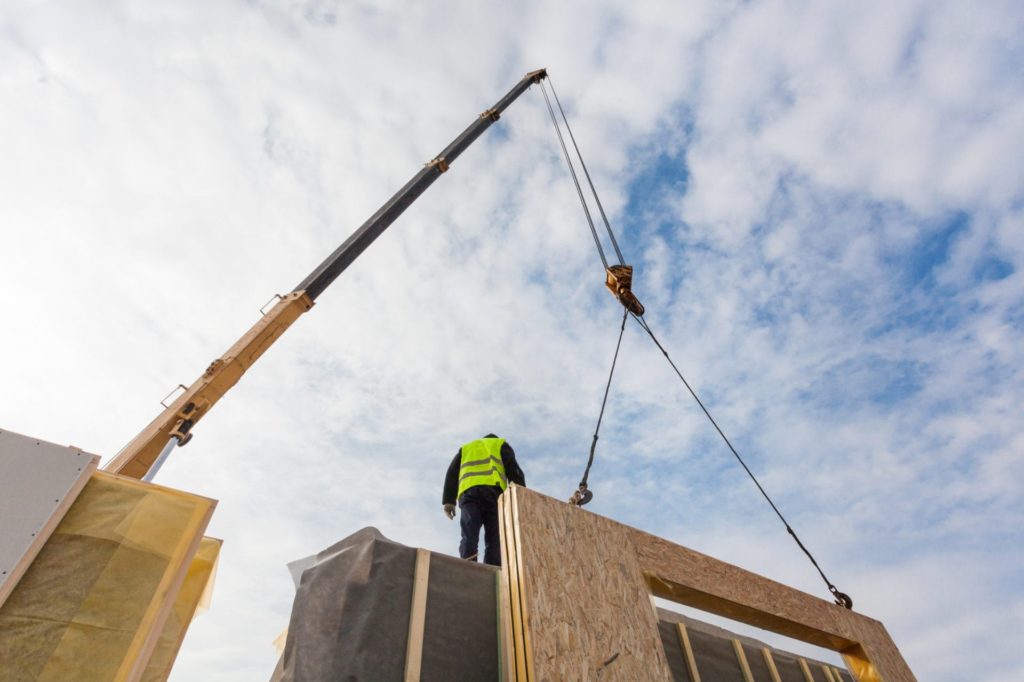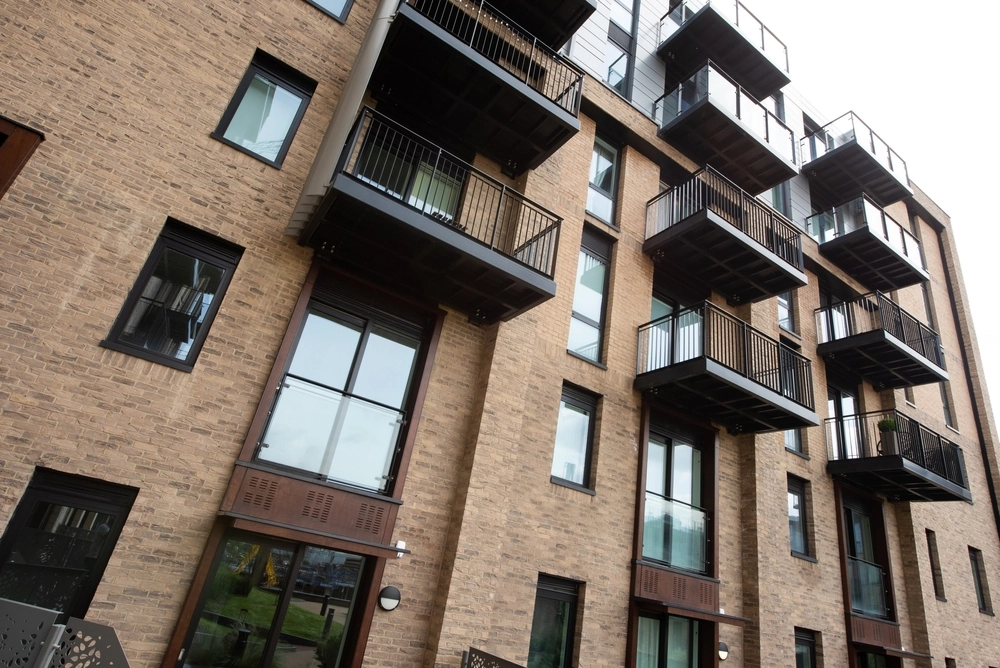
A Modern Methods of Construction Checklist – what to consider in MMC projects?
A Savills report mentions that in the next 10 years the proportion of homes built using modern methods of construction (MMC) will rise from today’s 6–10% to closer to 20%. The drivers explaining this include increasing labour costs, issues with the availability of labour, the existing housing supply shortages and the current/anticipated regulatory or governmental intervention in particular relating to the carbon neutral agenda.
MMC has also allowed our construction sector to respond to C-19 in ways unimaginable previously, for example, it was reported by Building that Wates proposes a Nightingale-style plan to open up extra space for schools by using its off-site schools system ADAPT. MMC has also brought out the noble side of our profession through the Homes for Heroes campaign.
These are all strong indications that MMC will charge ahead to challenge traditional build.
A key part of this new modern way of doing business via MMC is collaboration, including building strong cross-firm relationships such as we've seen recently between BoKlok and TopHat, or the need for collaboration within project teams with a clear understanding of design freeze/programme time-frames to avoid wasted costs and materials, or the importance of resilient supply chains, as it can make or break projects.
In this period of heightening focus on MMC we're often also asked about what questions to consider when embarking on MMC projects: below is a non-exhaustive list. There will of course be client/project specific queries that will need to be addressed and raised, and health & safety matters that will need to be dealt with (even more so during periods such as we see ourselves in).
It is worth noting also that MMC as a term is an all-encompassing one and can be any one of seven categories, as identified by the Ministry for Housing Communities and Local Government MMC cross-industry working group.
The MMC Checklist
The brief.
What do you want to build, fund or develop? What is the MMC element? Is there a brief setting out your core objectives?
Land and planning.
What is the status with regard to planning permission/land acquisition?
The project team.
Have you identified your MMC manufacturer? Who else have you appointed, or do you intend to appoint as part of the project team? When do you need them to start collaborating?
Early contractor involvement (ECI).
Do you have a contractor in mind, or where are you in the tendering process? Do you envisage a two-staged procurement process? ECI is likely to be beneficial where off-site manufacturing processes are involved.
Funders.
Is there a fund/bank? What levels of protection and contractual documentation are they expecting to see under their terms of financing?
Level of risk.
What level of development risk do you wish to take on? When and how do you see yourself de-risked?
Cost control.
How do you plan to monitor cost? MMC costs tend to be front-loaded, is it the case here? Have you considered these alongside your payment structure/scheduling and attitude to risk? Is there a design freeze? A clear management of the time-table is required, to avoid re-designing and cost leakage.
Quality assurance.
Is the MMC product an accepted system with a warranty provider and/or does it have BOPAS accreditation or similar? This improves saleability to an end-user and also improves the fundability of a project. Are the key products you intend to use standardised or bespoke? Standardisation and industry compliance assists with insurability and fundability.
Insurance.
Have you spoken to your insurers, or broker – will you, as the landlord (if you are one) or on sale of the units the home-buyer, be able to insure the property at commercially acceptable rates?
Ownership of goods.
Who will own the products/component parts? Who will be responsible for damage?
The contract.
What is your preferred approach to contracting? Do you want to use an existing framework? The contract form will depend on the client's project structure and preferred risk profile (plus the MMC element). This can be a JCT Design & Build form of contract, with/without the use of Named Sub-contractor provisions in the JCT, Construction management, NEC, an alliancing form of contract such as FAC-1 or bespoke forms.
Payment.
What is your proposed payment structure? Have you reviewed the financial covenants of your contracting parties? Is there any advance payment?
Performance security and project continuity.
Do you plan to ask for performance security documentation (such as bonds/PCGs)? Can you continue to practically source the (specialist) component part or product from another source, even if your security document such as the bond pays-out? Is an escrow agreement or project bank account going to help here to structure project payments and security? Can you work with the manufacturer's secured funder to structure project cash flow and risk? Do you need direct payment provisions in your contract documentation to pay key suppliers? Consider the above alongside the latent defects insurance/BOPAS which may be available or gap insurance.
Supply chain.
What does your supply chain look like? How integral are key members of your supply chain to the profitability of your project? Can you easily substitute one supplier for another? Do you propose to have a collaborative, or long term approach with any member of your supply chain, so that they work with you across a number of projects? Do you need to finalise commercial terms of operation with a key sub-contractor, in addition to their construction operations?
Copyright.
Who will own the copyright in the product and the materials being produced? Will there be a software licence for any tech used in the build? Are there any restrictions in the use or addition to the copyrighted material?
Data and technology.
Is there BIM? What other forms of technology do you envisage using?
Publicity, confidentiality and replication.
Do you plan to publicise the MMC "product" used in this scheme, and roll it out for similar such schemes? Are there any key considerations in respect of confidentiality?
Other matters to consider.
Are there any special storage, transport conditions for the products, where are the products sourced (UK or international)? Do you need specialist lifting equipment for compliance with the warranty provider's terms?
To learn more about our construction lawyers or for advice on MMC please contact us today.








